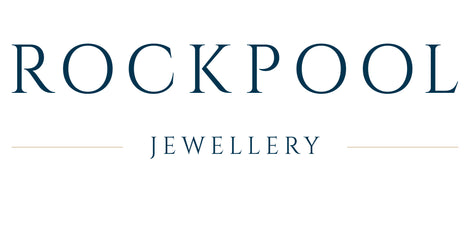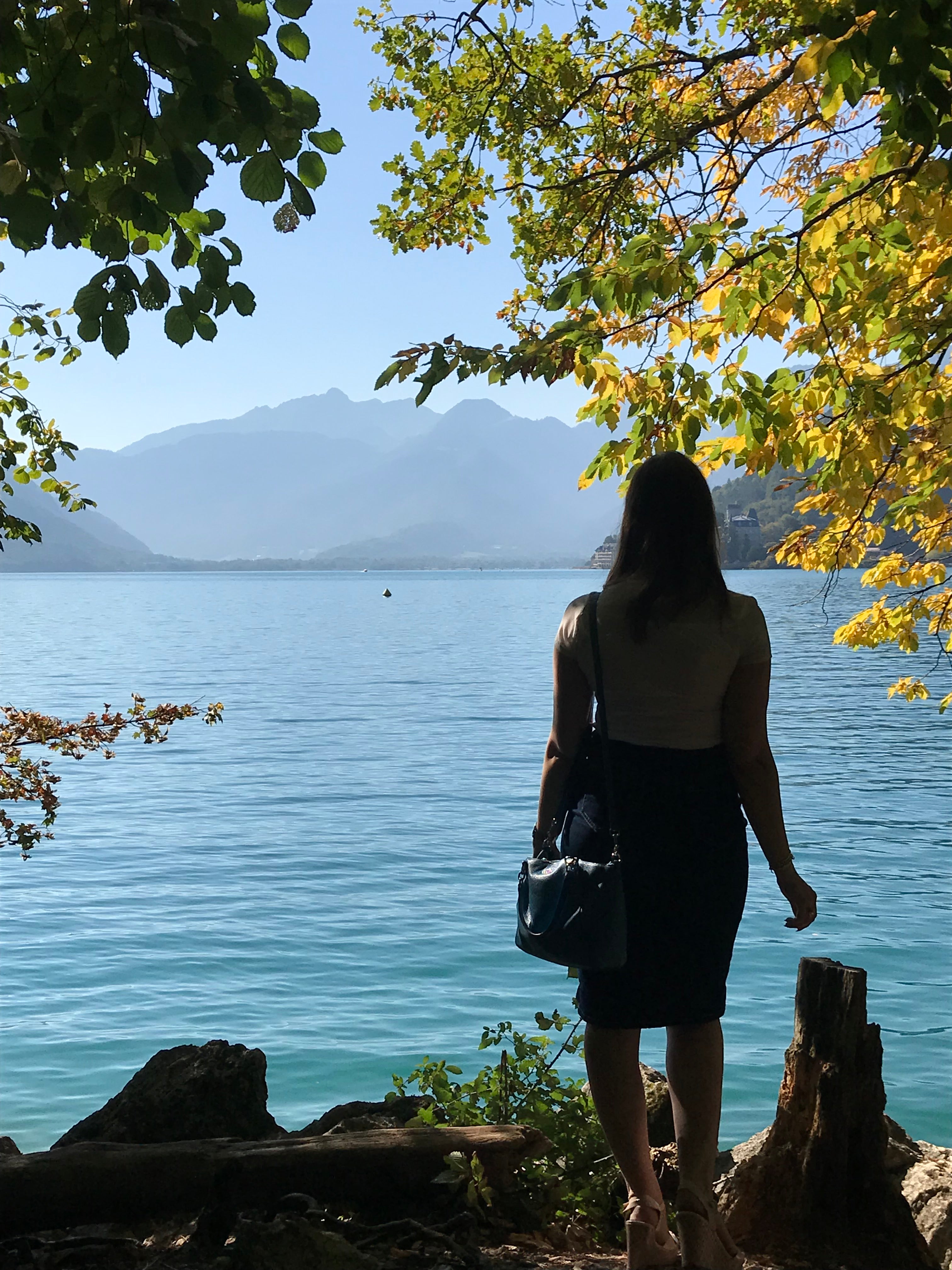A lot of my designs are made using a process called Lost Wax Casting, I’ve talked about this in posts on social media before but I thought some of you might be interested in knowing a bit more…
Lost Wax Casting has been around for thousands of years and used in many civilisations around the world. The process hasn’t actually changed that much in all of that time, although developments in technology have made the process more efficient and with better quality results.
So what is it?
The first step is to create a wax model of the jewellery piece for casting. Designs are carved in wax, then a sprue (a little rod of wax) is added and the model is attached to the casting tree – this is a central piece of wax to which all the little wax models are added – it ends up looking a bit like a tree with each of the branches ending with a wax carved jewellery piece.
The wax tree is them placed into a metal cylinder and a substance called investment is poured in, this is a type of plaster which solidifies around the wax models. The cylinder is then put in a kiln, the wax melts and what is left is a plaster shell which has in it hollows in the shape of the wax items.
This is why the process is called Lost Wax Casting – because the wax model is destroyed, or lost, during the process.
Molten metal is then either poured or forced into the plaster cast using centrifugal machine.
What is left is a metal version of the previous wax model. Magic!
Each piece is then removed from the tree and cleaned up into a shiny piece of jewellery!
For my pieces, I make an original design and have it cast and then a mould taken of the metal piece so I can reproduce the design again. Wax known as injection wax, which is a soft wax, can then be forced into the mould to reproduce the design in wax again.
But…
This doesn’t mean that all the pieces are identical. I get waxes made from the mould and then adjust them adding an extra Barnacle or Granule here and there, or adjusting placement of a design slightly. Each piece is made just for you!
Newer developments in the casting process also allow us to now cast certain gemstones in place – meaning that they are not set in the piece after it has been cast but are placed in the wax model and the molten metal is poured in around them to secure them in place.
This cant be done with all gemstones due to the extreme temperatures of the molten metal but sapphires in particular are great for this process, as well as diamonds and high quality rubies, and also lab created stones which are already subject to extreme heat in the production process.
I hope you found that interesting! I think it’s a fascinating process and amazing to be connected to a way of jewellery making that has been around for such a long time, adding a little bit of history to each piece!
Jo x


